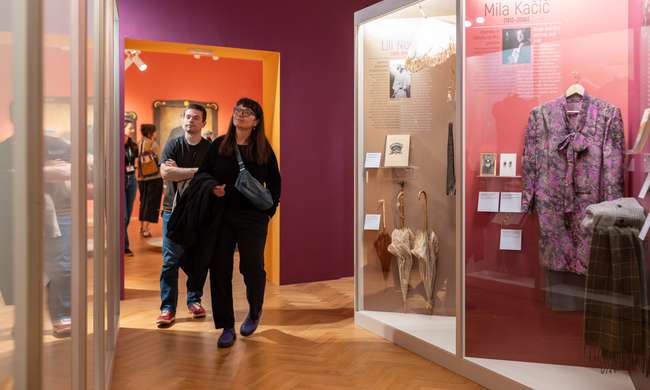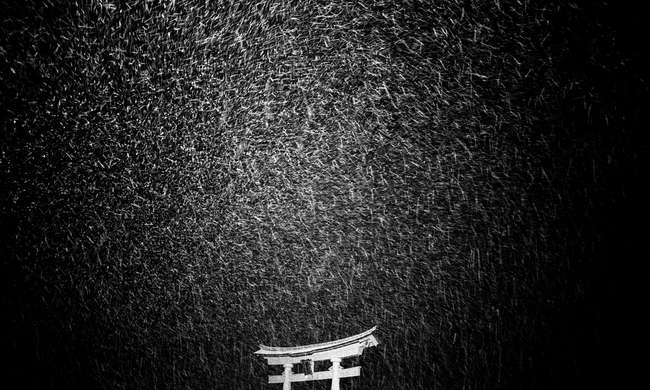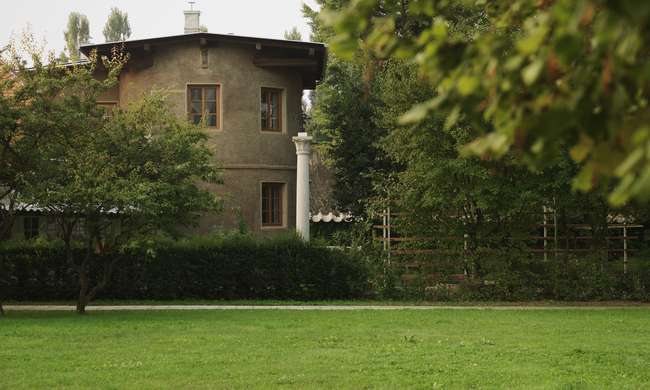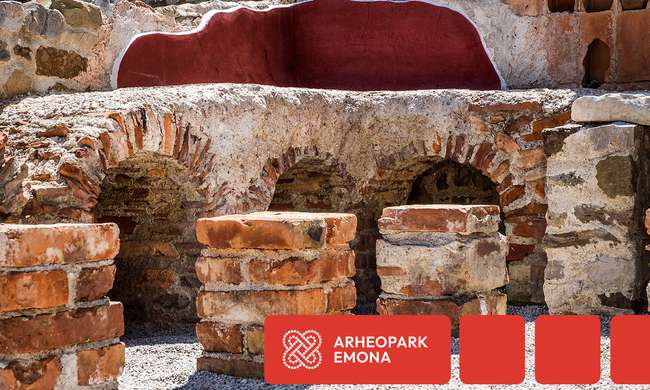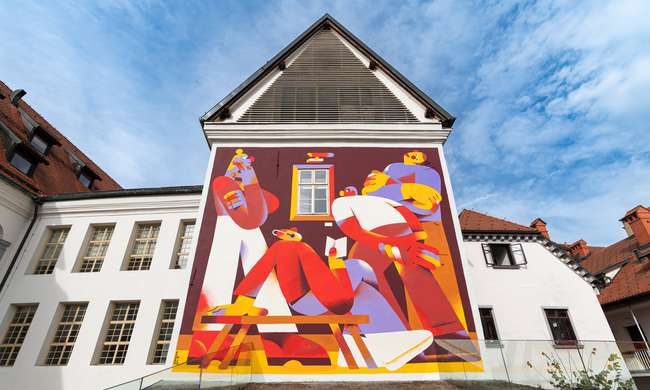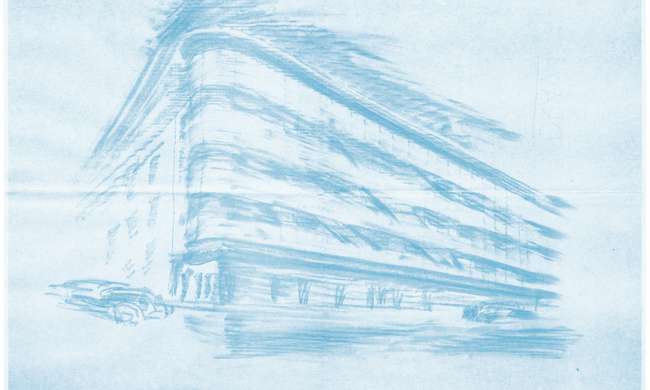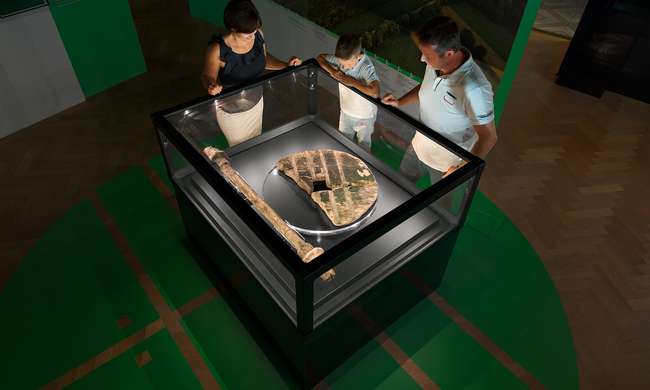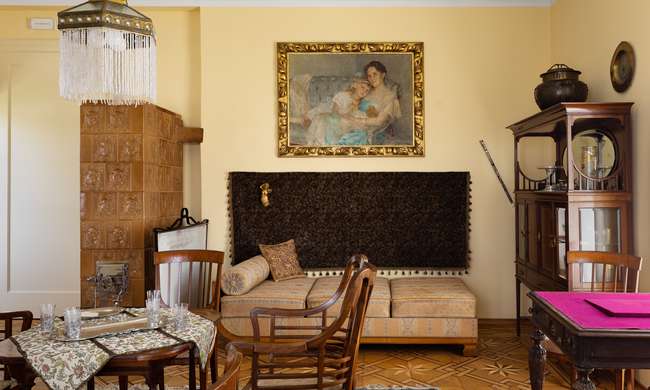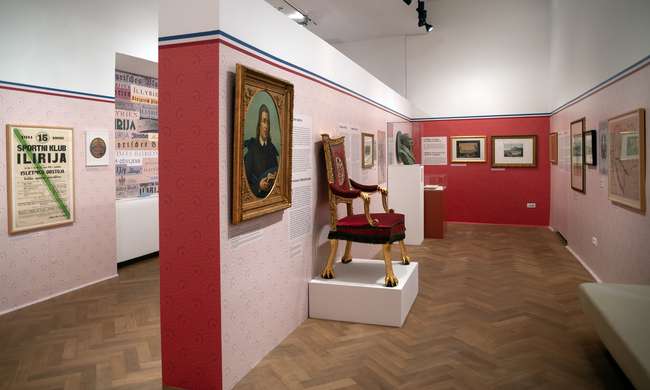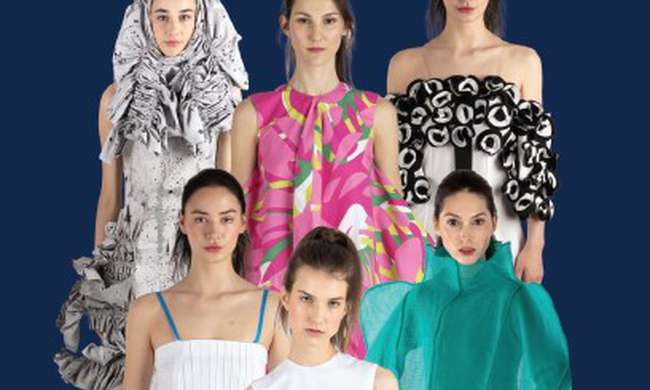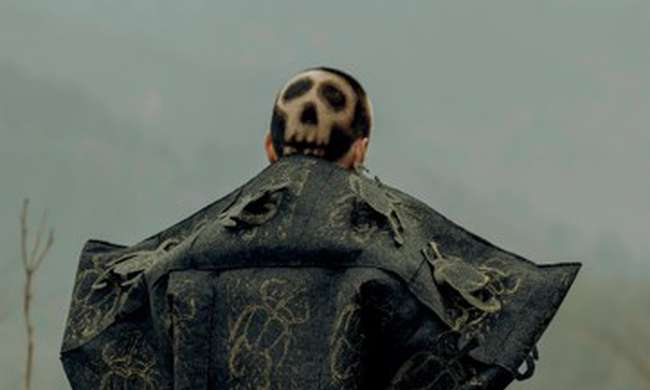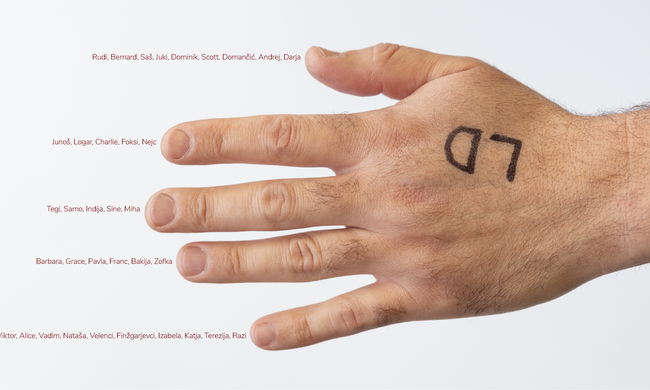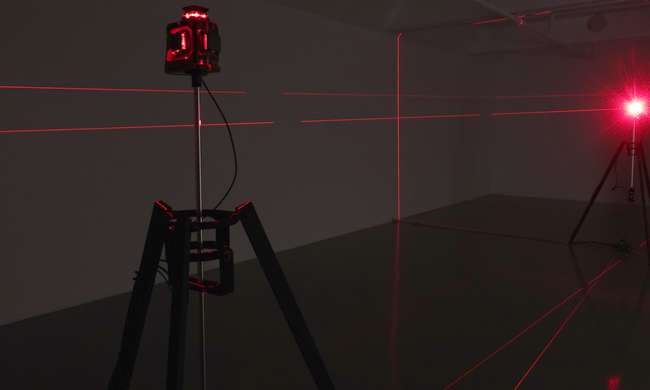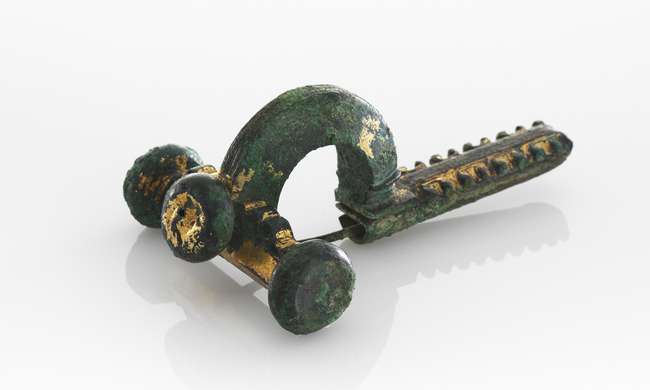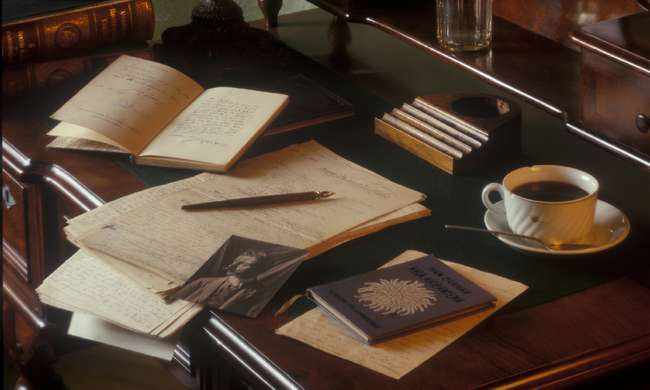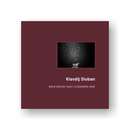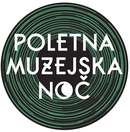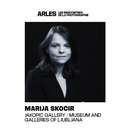Join us on a journey through time with an exhibition on significant changes in the world of clothing. The exhibition will open the doors to the world of dressing as a distinct form of communication, revealing societal shifts and individual milestones that influenced the decisions of our ancestors on how to dress.
The Jakopič Gallery presents the largest ever mid-career retrospective exhibition of Klavdij Sluban, one of the world's most renowned photographers of Slovenian origin. For the exhibition Elsewhere Here the artist and the curator Dr Marija Skočir, have conceived a completely new selection of cycles that present the highlights of more than three decades of Sluban's work in more than 150 photographs. The exhibition is accompanied by an extensive photomontograph, which is also available as a special edition.
“A tower, a mule, me and the garden” – that is how Jože Plečnik imagined his life when he didn’t know yet that after Vienna and Prague his native Ljubljana would be his lifetime’s environment for his creative work.
A special place in Ljubljana's history is reserved for Roman Emona, the traces of which have been preserved in the very centre of the city.
Welcome to a trail tracing the 2000-year-old heritage of Emona. A walk through modern Ljubljana can take you further than you think! It takes you to the time of Emona, a city brimming with life between the first century and early sixth century.
A tribute to the museum as a place of encounter and dialogue.
Saša Dev, Plečnik's student and an architect of the interwar Maribor, was one of the co-creators of modernist architecture in Slovenia. His architectural works remain relevant today, as he would do more than just follow contemporary trends as a young architect but rather surpass them by several decades in the context of the relationship towards urban fabric.
How well do you know the rich history of Slovenian capital? Pile-dwellers, Emona, Middle and New Ages, the 20th and 21st centuries… what is the history of Ljubljana? Get to know Ljubljana's past - see the chronological presentation of Ljubljana’s millennia of heritage with precious authentic artefacts, like the world's oldest wooden wheel with an axle!
Listen to the story of Ljubljana Mayor Ivan Hribar in Villa Zlatica.
In 1897, a cycling club in Ljubljana was named after Ilirija (Illyria), in 1904 a street, in 1911 a football club, somewhere in the years before WWI, a chemical products factory, and finally in 1929, Ilirija got its own monument.
The central theme of the final assignment was Challenge: Tomorrow’s Yesterday, developed in collaboration with the City Museum of Ljubljana. Each student set off on a journey exploring paintings, portraits and objects exhibited in the museum. Next, they immersed into the theme and searched for inspiration, which culminated in the prodigious diversity of collections thus developed.
In developing their design concept, 1st and 2nd year students in the Faculty of Design’s Fashion and Textiles track drew on the City Museum of Ljubljana’s permanent collection.
Mladen Stropnik’s exhibition project addresses questions of dynamics and perception of various realities in our daily lives. Not only those we are aware of but also all those that can be found beyond the logical and the conscious, in the realms of the strange, impossible, alien, different, including unconsciousness and dreams.
This year, the Lighting Guerrilla officially entered the age of adulthood - with the 18th edition of the festival, dedicated to the artistic exploration of the medium of light and considered to be a unique manifestation of this type in the local area. This year’s Lighting Guerrilla topic is Transformations; works selected thematise and reflect on different aspects of change and transformation that we are witnessing in our environment or in our lives.
Kako so si Emončani zapenjali obleke, ko še niso poznali gumbov?
Ivan Cankar, a Slovenian author, playwright and essayist born in 1876 in Vrhnika, spent a few years of his life in Ljubljana. Having returned from Vienna to Ljubljana, he established himself on Rožnik Hill which today forms part of the Tivoli, Rožnik and Šišenski hrib landscape park.
News
The 1st edition of Klavdij Sluban's "Nekje drugje Tukaj / Elsewhere Here" photomonograph, that accompany the actual exhibition in our gallery, was sold out at the end of May. That's why we've produced a 2nd, revised and expanded international ...
Free entry to all museums and galleries. Doors open from 18.00 to 24.00!
Dr Marija Skočir, Art Gallery Director and Curator of the Jakopič Gallery, will be among the 165 international experts in the field of photography taking part in this year's Photo Folio Review at the renowned French photography festival Les Rencontres ...
We are inviting you to participate in a creative competition that we are organising alongside our international partners as part of the European project Open Atelier - a Creative Europe project
On Friday and Saturday, 5 and 6 April 2024, the Plečnik's Ljubljana hackathon was happening at the Plečnik House, an event organised by the house's team as part of Open Atelier, a Creative Europe Programme. The winning team of the ...
Don't miss best spots of art & culture in Ljubljana! Bring this hand fan with you and get 10% off the regular ticket.
